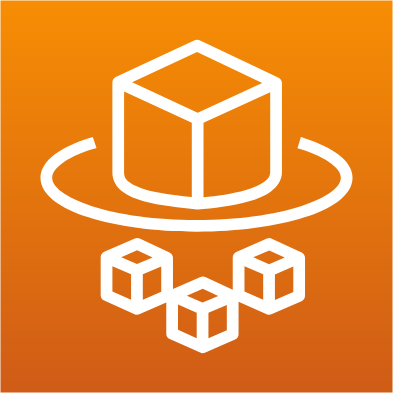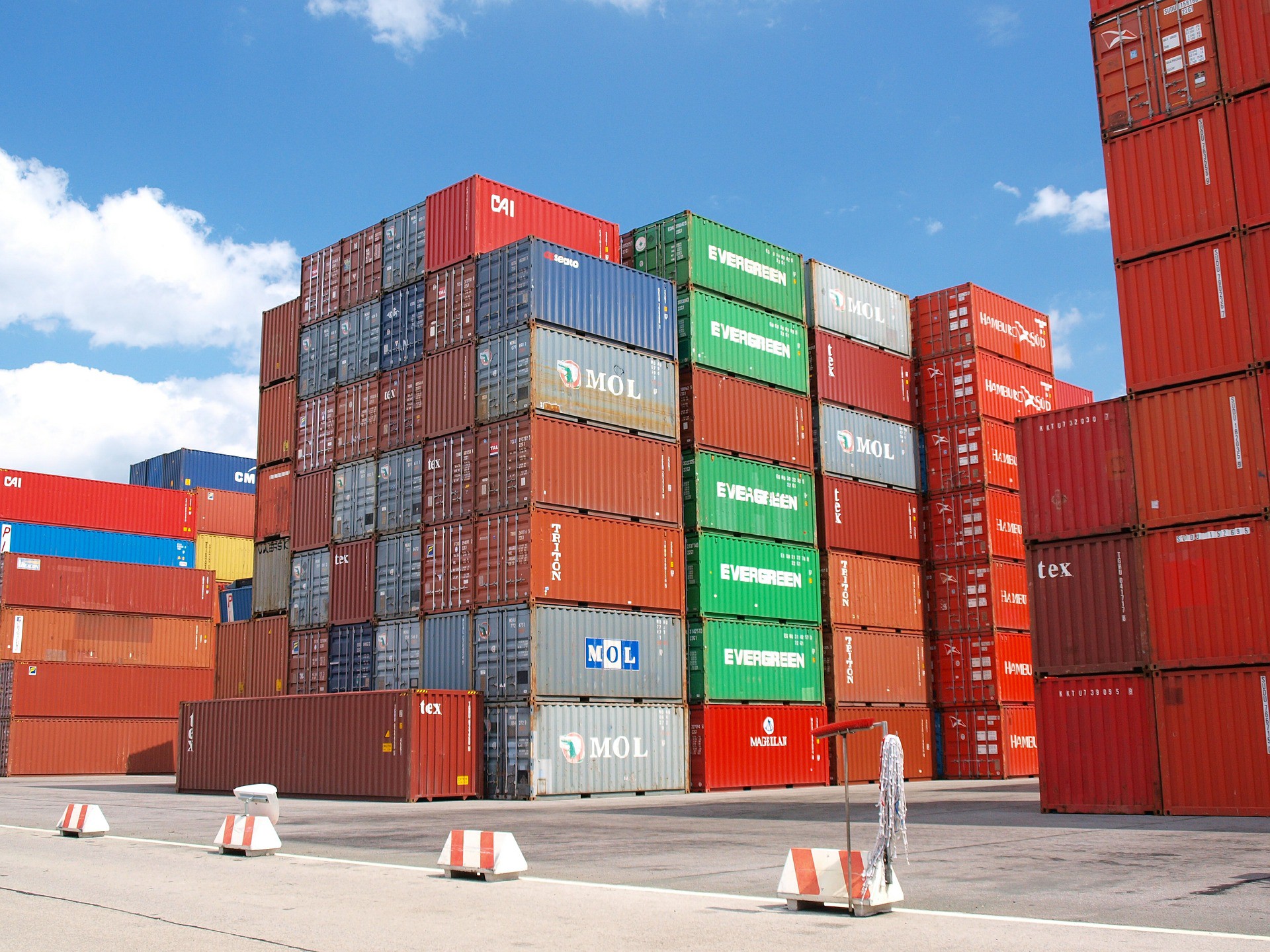Please note that this post, first published over a year ago, may now be out of date.
“Serverless” is all the rage right now, but what actually is it? Is it just a marketing term coined by cloud providers, or does it bear any relevance in today’s world?

AWS Fargate Logo
The serverless paradigm is a huge change in focus for development teams. With the introduction of serverless offerings from technology platforms, teams can shift their focus to solely developing applications instead of worrying about how to run their server infrastructure.
Fargate makes it significantly easier to deploy, manage and scale our applications in the cloud.
Cloud infrastructure is quickly evolving. We are transitioning away from the model of renting virtual machines and towards the concept of running our containerised applications without having to manage underlying instances.
Here are 5 reasons why you should be looking at AWS Fargate to deliver more business value.
1. No clusters or servers to manage
With the Fargate compute engine for Amazon Elastic Container service (ECS), you no longer need to provision worker nodes and scale a cluster. You don’t need to strive for the most efficient resource utilisation on instances any more; the bin packing problem has been solved for you.

It's time we left server management to the experts
There is zero management overhead, there is no infrastructure for you to manage and maintain. The pool of available resources is now practically infinite; specify the resource requirements, define networking and IAM policies and hit the launch button.
This means you spend less time on patching, maintenance and upkeep and more time focusing on delivering your business value.
2. Efficient resource utilisation for cost savings; billable to the second
On-demand resource based pricing can make using Fargate extremely cost effective for your workloads. You only pay the amount of vCPU and memory resources that your containerised application requests and billing is calculated up to the nearest second. This means it’s perfect whether you’re running an application 24/7 or processing on a schedule.
At the beginning of the year we saw a huge price slash. A single task with 0.25 vCPU and 0.5GB of memory costs under $10 per month to run 24 hours a day, 7 days a week.
3. Seamless scaling
Scaling is easy with Fargate. You no longer need to provision underlying compute resources for your containers to run on; AWS manages this for you.
Container orchestration with Fargate gives you extreme agility. You can quickly launch tens or thousands of containers with just a few clicks. By removing the need to wait for your underlying cluster to scale up, scaling your Fargate tasks becomes almost instant.
Autoscaling is also possible; you can dynamically scale your running tasks based on CPU, memory and other metrics.
4. Containerised applications, a standard unit for delivering software
Container technology enables you to package your software up and run it anywhere, regardless of the disparity between configuration and settings of the underlying systems. We now have a standard unit of software which means you can reliably run applications and experience the same behaviour from one environment to another.

Containers, the new building blocks for how we build applications
Slowly, cloud providers are working their way up the technology stack and offering managed services and resources as commodities. Great technology infrastructure and platforms as a service already exist and Fargate abstracts this further. “Containers as a Service (CaaS)” has now arrived and it’s now even easier to run our software in the cloud.
5. Serverless is coming to Kubernetes
If you are in a position where ECS isn’t flexible enough for your workloads and you’re using Kubernetes or EKS instead, then there is good news! Fargate as a launch mode for worker nodes is in the AWS container roadmap.
Fingers crossed AWS will take away our patching, configuration and deployment woes for our Kubernetes clusters soon. Who knows? Maybe we will hear about it at re:Invent 2019?
I am very excited about the prospects of how software is delivered in the future. The “Serverless” movement really is significantly changing the way we think about building, deploying and scaling our applications.
Maintenance has always been a chore but agility is just around the corner. If we can offload upkeep to technology providers and be given a standard platform to deploy our applications to then we really can spend more of our precious engineering time developing. Serverless and “Containers as a Service” is here and it’s here to stay.
Want an easier route to running your workload in containers, with security, build automation, and scalability designed in? We offer a number of packaged application platforms that provide exactly that.
This blog is written exclusively by The Scale Factory team. We do not accept external contributions.
